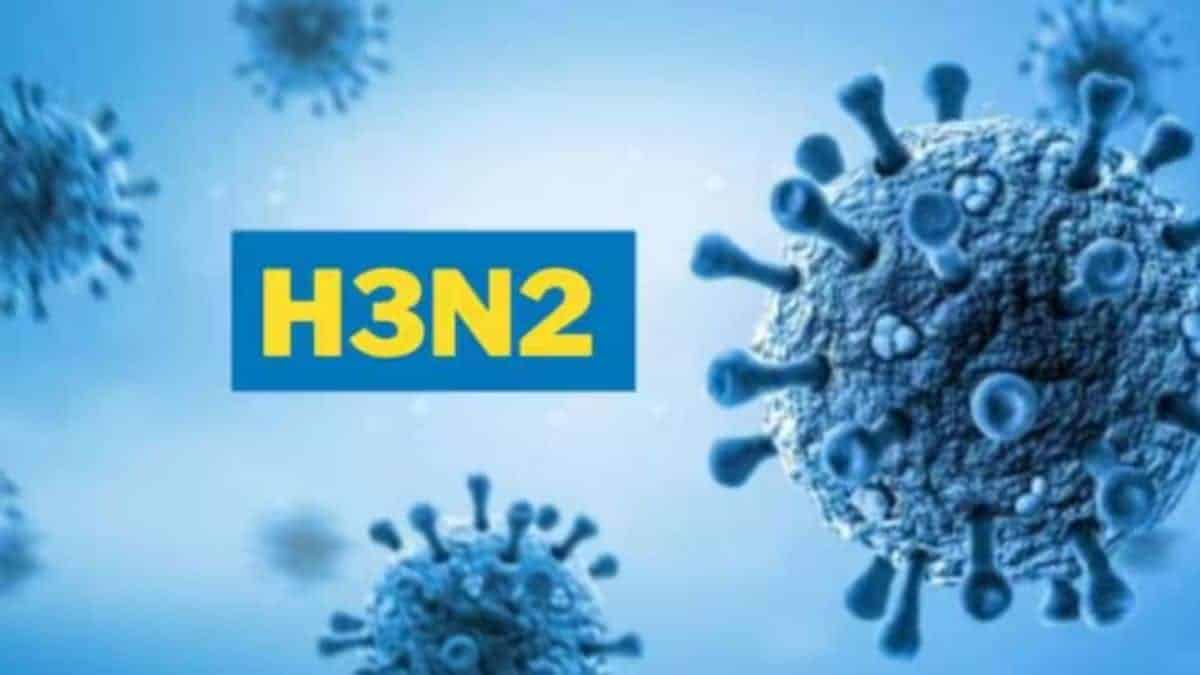The Country Witnesses its Fourth Death Due to H3N2: Here’s Everything You Should Know About the Disease and its Symptoms

The number of H3N2 cases in the country has been rising significantly and by now four deaths have been reported in four different states of the country. The symptoms of the disease looks very similar to any other flu and doctors and healthcare professionals are advising affected individual to get an antibiotic treatment instead of relying on self-care medicines.
About the H3N2 Virus
Influenza viruses which are normally found in pigs and found in humans as variants are categorized into four different types – A, B, C and D. The Influenza virus in type A are again classified into different types and the H3N2 virus is one of the subtypes.
The symptoms of an individual affected by the H3N2 virus will have similar symptoms like that of any other flu. One will notice symptoms like fever, cough, stuffy or running nose, headache, body ache, sore throat and fatigue. Nausea, vomiting and diarrhoea have also been identified as some of the other symptoms and will only be present in rare cases.
The virus usually affects individual who are below the age of 15 and who are above the age 50. Individuals who have weak immune systems or suffering from neurological or neurodevelopmental conditions or having diseases like diabetes, asthma or any kind of heart diseases are subjected to high risk in being affected by the virus which might even result in death.
India has by now reported four cases of H3N2 deaths and the number of cases are on the rise. The four deaths have occurred in four different states of the country and the recent death was reported from Maharashtra and is that of a 23 year old youth. The previous deaths were reported from Gujarat, Haryana and Karnataka.
With the rising number of H3N2 cases and with a possible chance of becoming a pandemic, people are advised to take necessity precautions from being infected. Washing or sanitizing the hands, avoiding touching the nose or mouth, maintaining distance from affected people and areas are all some of the precautions that individuals can follow. It is also advised that people with serious health conditions or diseases and who are subjected to more risk in being affected, are to safeguard themselves by taking all the necessary steps.


